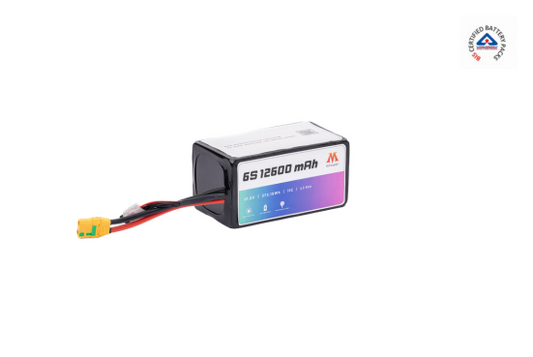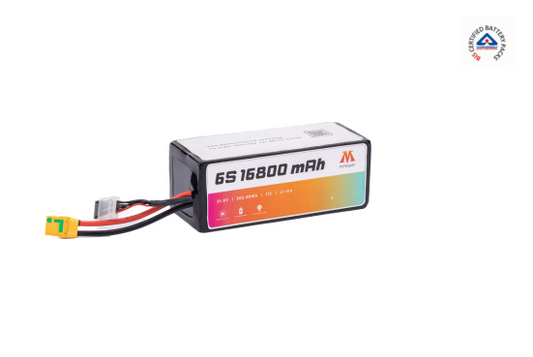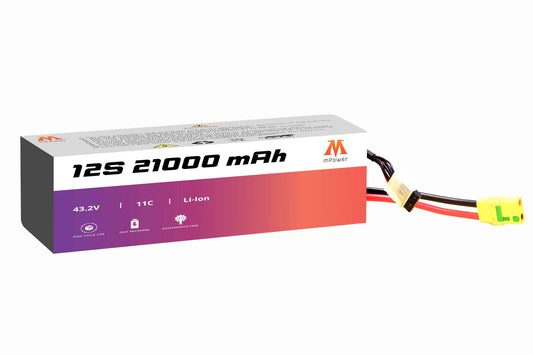
In the 21st century, the security landscape is constantly evolving. With globalization and increased transnational threats, countries around the world are facing unprecedented challenges in maintaining national and border security. Moreover, over time agriculture drone can easily be seen in government policies. In response to these challenges, drone-based surveillance has emerged as a powerful tool in enhancing security efforts. This technology, once limited to military applications, has now become an integral part of both national and border security strategies and other fields, like agriculture. This article explores how drone-based surveillance is strengthening national and border security, with a focus on its capabilities, advantages, and potential future developments.
The Evolution of Drone-Based Surveillance
Drones, also known as Unmanned Aerial Vehicles (UAVs) or Unmanned Aircraft Systems have come a long way since their inception. Initially developed for military purposes, they have become increasingly accessible and versatile, finding applications in various fields. For instance, the use of agriculture spraying drone batteries is increasing. Specifically, In the context of national and border security, drone-based surveillance has transformed the way authorities monitor and protect their territories.
Capabilities of Drone-Based Surveillance
Aerial Reconnaissance
One of the primary functions of drone-based surveillance is aerial reconnaissance. Drones equipped with advanced cameras and sensors can gather real-time imagery and data from vantage points that were previously inaccessible or too dangerous for human personnel. This capability is crucial for monitoring large and remote border areas, tracking illegal activities, and responding to emergencies swiftly.
Border Monitoring
Drones are especially valuable for border security. They can patrol vast and challenging terrains, including deserts, forests, and mountain ranges, where traditional surveillance methods might be impractical. Real-time video feeds and thermal imaging enable border authorities to detect and respond to illegal border crossings, human trafficking, drug smuggling, and other illicit activities.
Rapid Response
Drones provide rapid response capabilities, allowing security forces to deploy quickly in emergencies. For instance, in the event of a natural disaster or a border breach, drones can provide situational awareness, coordinate rescue efforts, and assess damage, all while keeping personnel out of harm's way.
Cost-Effectiveness
Drones are cost-effective in comparison to manned aircraft. They require less infrastructure, fewer personnel, and have lower operating costs. This makes them an attractive option for governments looking to maximize their security resources.
Advantages of Drone-Based Surveillance
Enhanced Situational Awareness
Drone-based surveillance significantly enhances situational awareness. Security agencies can monitor large areas 24/7, reducing the risk of threats going unnoticed. This heightened awareness allows for quicker decision-making and more effective responses.
Improved Border Security
Drones play a critical role in strengthening border security. They can detect and track illegal border crossings, drug trafficking, and human smuggling with greater efficiency and accuracy than traditional methods. By doing so, they contribute to reducing security vulnerabilities and enhancing national sovereignty.
Reduced Risk to Personnel
By deploying drones in potentially hazardous situations, security forces can minimize the risk to human personnel. This is particularly valuable in situations involving criminal organizations, drug cartels, or terrorist groups operating near borders.
Cost-Efficiency
Drones offer a cost-efficient solution for security agencies. Their relatively low operating costs and high versatility make them an attractive investment for governments seeking to optimize their budgets while maintaining effective security measures.
The Future of Drone-Based Surveillance
The future of drone-based surveillance holds significant promise, with ongoing technological advancements and innovations. Some potential developments include:
Artificial Intelligence Integration: Integrating AI with drones can enhance their ability to detect and respond to security threats. AI algorithms can analyze data in real time, identify patterns, and trigger alerts, improving situational awareness.
Autonomous Operations: Autonomous drones capable of making decisions and navigating without human intervention will become more prevalent. This will further reduce the need for human operators and improve response times.
Enhanced Sensors: Continued advancements in sensor technology, including high-resolution cameras, advanced radar systems, and more accurate GPS, will improve the quality of data collected by drones.
Choose mPower
Well, the importance of drone technology is becoming more relevant in the existing world. However, the battery is one of the critical parts of a drone. At mPower, we provide long-term drone batteries. We have a flagship Corporate Partnership Program (CPP) that offers OEMs better warranty and pricing on batteries.
Wrapping Up!
Drone-based surveillance has emerged as a critical component in strengthening national and border security. Its capabilities, advantages, and versatility make it an invaluable tool for monitoring and responding to security threats. As technology continues to evolve, the role of drone-based surveillance in national and border security will undoubtedly expand, offering even greater potential for enhancing security and protecting the interests of nations around the world.












